Have you ever attempted to grow tomatoes at home with no or limited success? You are not alone. Tomato plants are perhaps the most common cropCrops are plants cultivated by humans for specific purposes. Crops can be made for food, medicine, flower, etc. Examples of crops are wheat, tomato, cabbage, etc. in the home garden. They are often the first food plants that new gardeners grow, as they dream about firm ripe, blemish-free fruitsFruits are seed-bearing pods or capsules of flowering plants. Fruits are full of nutrients that can enrich germinated seeds. Examples of fruits are tomato, banana, watermelon, and cucumber fruits..
Nothing is more refreshing than sinking your teeth into a sun-warmed, juicy tomato straight out of your garden. Garden tomatoes are a lot healthier than any that you might find in a food store, which is why they are so common as a domestic garden crop. It’s not hard to grow them if you adopt a few specific strategies. Continue reading for the best tomato-growing tips.
Selecting the Best Tomatoes to Grow In Your EnvironmentThe factors influencing an organism (both internal and external). The surrounding of an organism.
Climate and Growing Season
Different types of tomatoes suit different environments. If you live in a northern climate, some tomato varieties might not get time to turn red. Search for a type that is for a cool-climate and a short growing season. “Early Girl” tomatoes have a maturity of 50 days. Others are heat-tolerant and better adapted to hot southern environments like the “Heatmaster” and “Arkansas Traveler.”
How Tomatoes Grow
Tomato plants are classified as either determinate or indeterminate. Know the difference and remember to stake the indeterminateAlso called pole or vine tomatoes, these tomato varieties will continue to grow and produce fruits till the start of frost. Unlike determinate tomatoes, these tomatoes require trellises or stakes to grow. If you grow indeterminate tomatoes, you can harvest tomato fruits weekly until frost. ones early to prevent infection.
DeterminateHaving a main axis that ends in a flower bud, so no addition of length after the growth of flowers. Popular in plants with cymes. or “bush” varieties cease to grow at the height of about three feet. These smaller plants produce fruits at one time and prove perfect for sauce or canning (when you need to have a bunch of tomatoes all at once). Some of these tomatoes like a cage and others are well-tailored for pots.
Indeterminate varieties produce fruitFruits are seed-bearing pods formed by the ripening of a plant pericarp after flowering. Plants produce seeds after pollination. The seeds of plants are stored in sweet and nutritious pods called fruits. during the entireWhole; margin not indented. growing season until frost damages the plant. These plants often become a bit massive and will undoubtedly require some sort of tall supports (at least 5 feet) or a cage. If they are not supported, and the fruit lays on the soil, it will be susceptible to infection or disease. Indeterminate varieties are the best tomatoes for salads and sandwiches.
Resistance to Disease
The upper case letters that often follow tomato names represent susceptibility to some diseases. Be aware of these letters, particularly if you have ever had one of these diseases in your garden before. If you live in a temperate region with plenty of moisture, find blight-resistant types.
Providing Adequate Light
Are you aware that tomato plants love the sun? When planting, pick your sunniest location with a minimum of seven hours of constant sunshine per day. Sunlight is like water to tomatoes, so they are going to suck it up and produce lots of fruit! Be careful that your plants are not so congestedDensely crowded. Different bodies, structures, or organs growing in a region densely. that sunlight doesn’t reach their lower leaves. Plant the seedlings from 30-48 inches apart with rows placed at 48 inches apart.
Tomato Types
Do you need pasta and sauce tomatoes? Or a fantastic slicer? Or a bite-sized treat? Romas, plum, or ‘paste’ tomatoes are perfect for cooking since they have a lot of meat for sauces. Beefsteaks are so juicy and yummy in salads and burgers. Cherry tomatoes have the most exceptional flavor and are excellent for snacks and kids.
Growing Tomatoes from Seeds
Numerous entry-level gardeners start their tomatoes from small plants bought via an online catalog or in a garden store. But what if you want to grow from seeds? If so, then it’s vital to have an intense, bright light when the seedling sproutA sprout is any newly germinated seedling that has emerged from the seed coat and the medium (e.g. soil). When plants sprout, they are still attached to the seed and have their first set of leaves.. (Note: it’s too late to sow tomato seeds after your frost dateFrost dates include the first to the last days that your area will experience frost. Knowing your first frost date is important when planning what to grow (considering the lifecycle of the plant). Knowing the last frost date is important when planning when to start your seeds indoors (usually 2-3 weeks before the last frost date)..)
Northern farmers should use grow lights for 14-18 hours daily to help seedlings, boosting their development and enabling upright growth. With less light, the plants will be spindly and weak. Learn how to start tomatoes from seed.
1. Transplant Seedlings into the Garden
Have your seedlings been grown indoors or in a greenhouse? If the answer is yes, then don’t immediately headCapitulum; A protruded organ or structure with vital functions. outdoors and place them in the cold ground. These seedlings would first need to be acclimated to outdoor temperatures to prevent severe shocks.
In case the plants were in a greenhouse, harden them off for two weeks. Start by putting the plants outdoors for only a few hours a day, after which you slowly increase the amount of time they stay outside, trying to avoid windy days. Take plants under shelter if predicted temperatures fall under 40 degrees Fahrenheit. Plant outside just after the threat of frost has gone.
2. Pre-heat and Beef Up your Garden Soil
Make sure the tomatoes are not planted in the soil too soon. They are heat-loving plants. The temperature of the earth should be higher than 60-65 degrees Fahrenheit. If you don’t want to wait, heat the ground with plastic a few weeks before planting. Shield the seedlings from the cold with sheets or frost cloth if the temperature dips suddenly.
Tomatoes grow in fertileRefers to fruits that bear seeds that can germinate into new plants. Also refers to stamens that bear pollen. With pollens in stamens, a plant can produce fruits (bearing seeds)., well-draining, mildly acidicAny material such as compost, soil, fill dirt, fertilizer, water, etc with a pH less than 7.0. Acidity in materials is usually determined through chemical strip tests or other types of chemical tests. Soil or substrate over a pH of 7.0 in the plant and garden world is usually referred to as "Acidic soil". soil with a pHPotential of Hydrogen or pH is a measurement of the acidity or alkalinity of any material. pH is read from 0-14. 0-6.9 is acidic, 7 is neutral, and 7.1-14 is alkaline (or basic) range between 6.5 and 6.8. Beef up the ground at least two weeks before you plant your tomato plants outside. Dig about one foot deep into the soil and mix in aged manure or compostAn organic matter made from decomposed plant materials. Compost is often made from decomposing shredded leaves, hay, fruits, and other plant materials at a ratio of 25 part dry brown materials to 1 part fresh green materials..
3. Dig Deep
Here is another useful tip: Tomato plants will grow roots on their stalks, so it’s best to plant them deep in the soil. Dig a trench and place the stem sideways and bend up gently. Pinch off the lower leaves and cover the stem with soil till you reach the next cluster of leaves. The new roots give the plant greater access to water and help make it healthier.
4. MulchMulch is any material (mostly organic) that gardeners cover the garden soil with. Mulch can be used to prevent water from evaporating (therefore increasing soil moisture), prevent weed from growing, ec. Examples of materials used to mulch are straw, weed fabric, hay, dead leaves, etc. Your Tomato Plants
Did you know that a mulch layer helps plants? It preserves water (tomatoes enjoy their water!) and prevents soil-borne disease spores from splashing on plants. There are several excellent mulches from which to choose, such as shredded pine barkA bark is the outermost layer of the stem and root of woody plants. Such plants includ trees and shrubes. The bark peels tapidly from trees and is made of wood., straw, shredded leaves, grass clippings, composted leaves, or even a thick layer of paper. Strangely enough, red plastic mulch has been shown to improve fruiting by 12 to 20 percent.
5. Remove the Lower Leaves
Once the tomato plants hit a height of about three feet, cut the oldest leaves from the lower part of the plant to help prevent fungus. These leaves are usually shaded and are closer to the soil surface. Spraying the plant with compost tea every week also helps to avoid infections.
6. Prune your Tomato Plants
Tomato plants produce suckers (shoots that emerge between the central stalk and a stem). Pruning the suckers or “suckering,” is an excellent technique to encourage air movement, hold infections down, and to maintain the plant’s energy for developing fruit. Use your fingers to pinch small leaves and soft stalks. Pruning snips offer a significant cut to thicker stems.
But to what extent, should you prune them? Pruned plants yield earlier and have bigger tomatoes; however, they also produce fewer fruits. Over pruning can trigger sunscald (a yellow sunburnt spot that ultimately blisters). Unpruned plants produce about twice as many tomatoes compared to pruned ones; however, it will take a longer time for the tomato to ripen. Pruning also influences the taste. The presence of a considerable amount of foliage on a plant increases the rate of photosynthesis, thus producing more sugars in the tomato. Excessive foliage covers the fruit and protects it from high amounts of heat, allowing it to ripen more slowly and enhancing its taste.
Of course, if the foliage on your plant is so dense that no fresh air can access the central point of the plant, slice off some suckers. In case your indeterminate plants reach great heights, you could top them above the highest blossoms to keep them in limits and promote the ripening of the green tomato.
Conclusion
Would you want to take one more thing away from the above tips? Only note the basics: to keep your plants safe, they require 8 hours of sunshine a day, fertile soil, and regular watering. Tomatoes, like all plants, attract pests and diseases; however, if you keep a close eyeThe marked center of a flower. Also refers to spots on potatoes and other tubers that a new plant can grow from. on them, you can avoid problems. We believe that the ideas in this article provide the most reliable guide for growing the best tomatoes.
Have you ever planted tomatoes in your garden? What were your biggest problems? Write about your experience in the comments below.



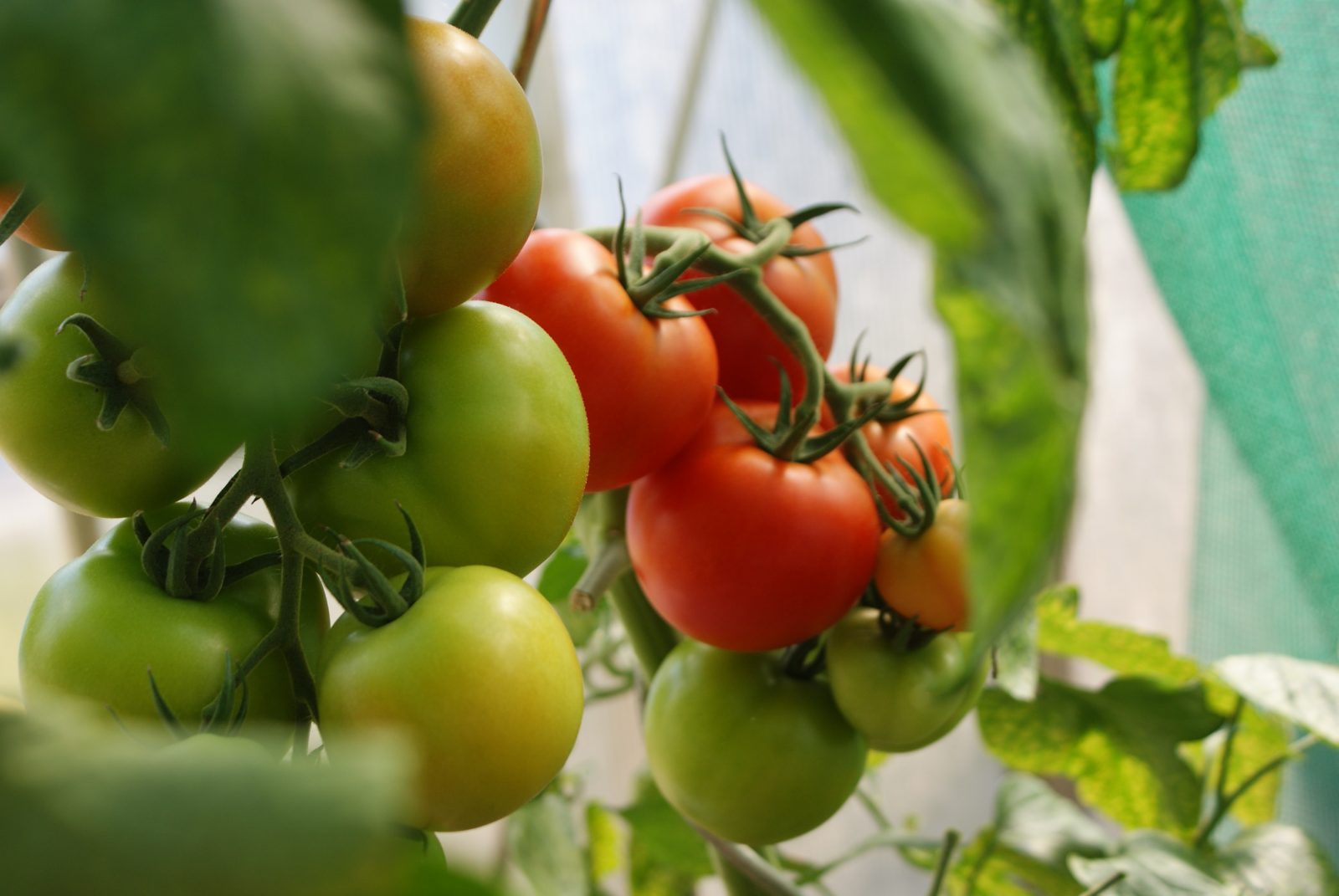
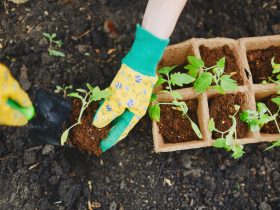

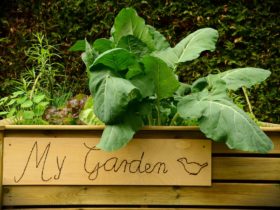
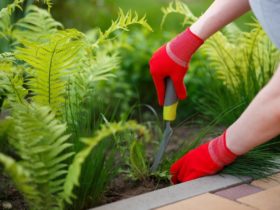

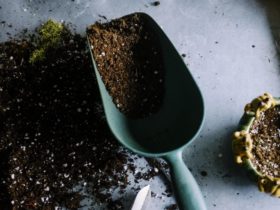

Leave a Reply